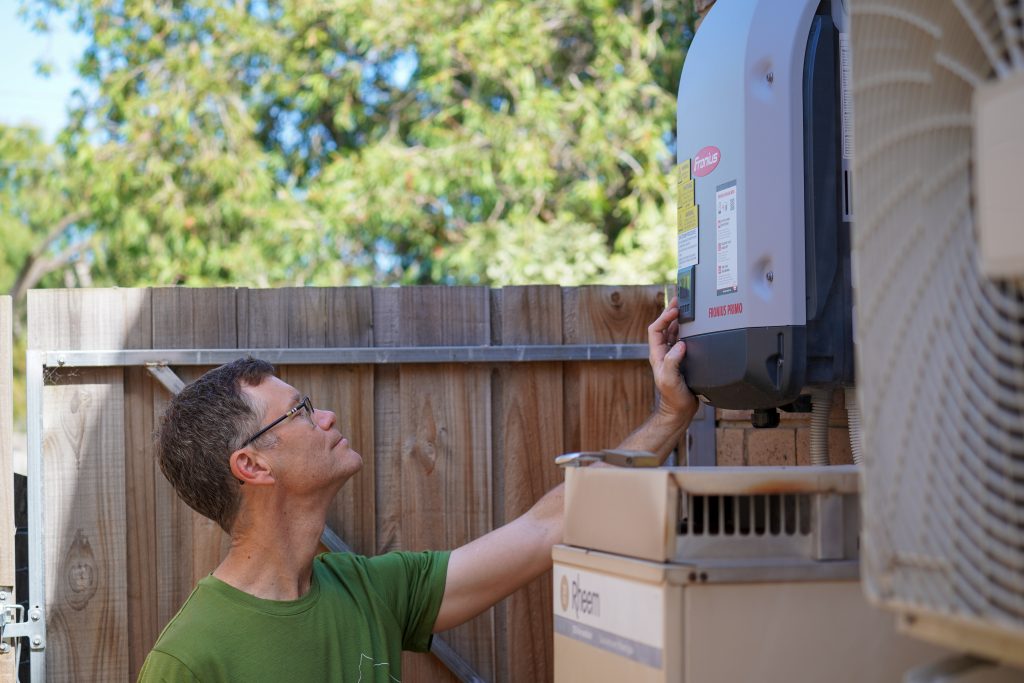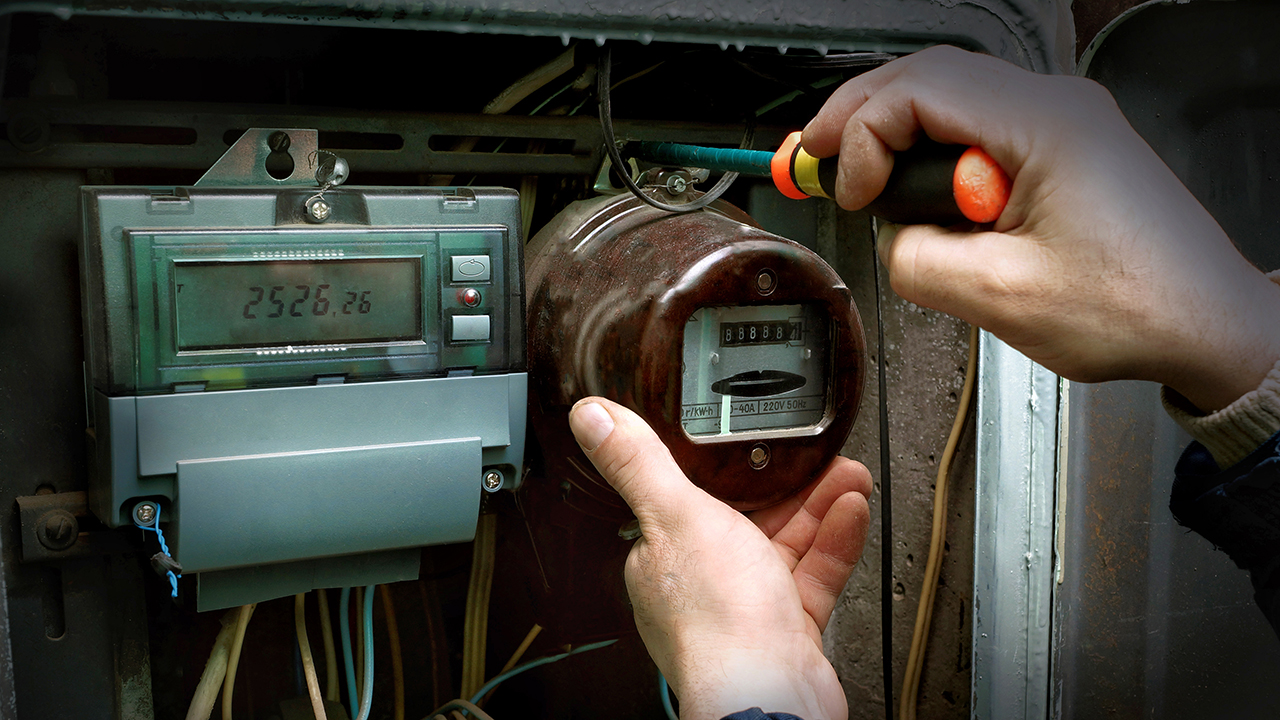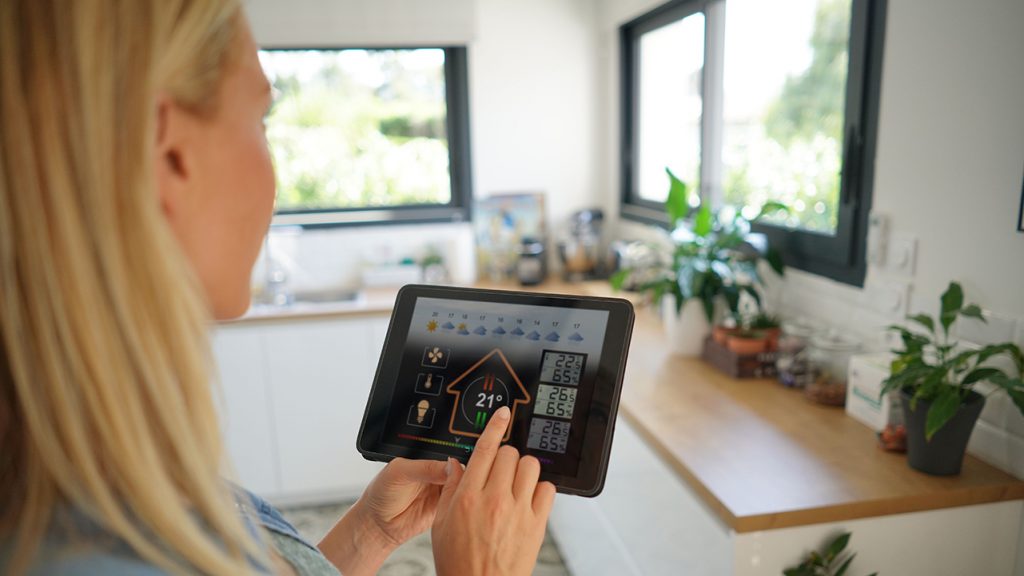As consumer advocates wanting to drive system reform, it can be tempting to focus on the future – the newest idea, the shiniest tech, the most forward view.
But if you really want to achieve impact at scale, sometimes the best way to do it is to look back and find a big missed opportunity.
The object in doing so is not to rake over old failures or apportion blame. If we can unlock opportunities we originally identified and remove barriers that blocked them from being realised then positive change should result.
All of which brings us to smart meters.

In the energy market smart meters are both ubiquitous and underrepresented: Tech that offers new possibilities while simultaneously being ‘old hat’.
They’ve been with us for more than a decade, rolled out on a mass scale in Victoria and more glacially in other jurisdictions across the NEM. As Australia’s energy system takes another look at unlocking the benefits of smart metering, there are two historical facts that mean the opportunity for impact is massive.
- Smart meters haven’t yet achieved the market penetration we assumed they would.
- Where they have been installed they are mostly not being used as we foresaw.
What might change that?
Smart metering has huge potential to shape and accelerate the energy transformation that’s underway in Australia, a fact recognised by the Australian Energy Market Commission, which is currently conducting a review of the regulatory framework that governs them.
Energy Consumers Australia is pleased to be invited to partner with the AEMC on this review, contributing to a workstream based around consumer outcomes.
The rollout needs to get rolling

A key focus for the review will be ensuring more consumers can benefit from smart metering. Outside of Victoria, less than 20 per cent of households in the NEM have a smart meter, a rate of penetration that lags far behind what was once expected.
There are generally four circumstances in which rollout of smart meters is happening.
- Where an existing meter needs to be replaced because it’s faulty or broken (23%)
- When a new home or business premise is connected to the grid (25%).
- At the instigation of retailers, seeking costs savings from reading meters remotely (15%).
The fourth circumstance, and largest driver, is customer requests (37%). This category is likely to be mostly comprised of those who require smart meters as a result of installing new technologies like rooftop solar PV.
That means as rooftop solar adoption slows there will be a need to find additional drivers for smart meter uptake. Few resources are currently channelled into explaining to consumers what the broader benefits and potential future uses of such meters are. Increasing such communication, as well as removing some of the friction points that are driving consumer dissatisfaction, could lead to more demand, more retro-fitting and a wider, speedier rollout.
The potential benefits are clear
We remain optimistic that smart meters can be a key enabler to unlock choice, tools and information that will empower energy consumers. Dynamic, real-time information about energy use can deliver a triple dividend — assisting the consumer, the network service provider and the retailer.
Consumers can see how much energy they use without having to wait for their three-monthly bill. Information about time-of-day use allows them to time-shift their use of discretionary appliances like washing machines and dishwashers, taking advantage of off-peak prices and contributing to a more balanced supply and demand equation for the system.
Smart metering can also be a key facilitator for forms of demand side management that rely on effective communication with consumers and the strong trust that should result from this. By seeking and obtaining ongoing social licence, those who manage the system will be able to use smart metering to unlock the capacity for behind-the-meter resources to be limited, curtailed or dispatched to help secure system security.
Smart meters can drive innovation

Greater visibility of usage could also open the door for new retail models, apps and platforms that take advantage of fluctuations in wholesale energy prices and variable demand to offer consumers more choices around how they are charged for electricity.
We are already seeing smaller retailers moving into this space and this limited market disruption is one of the drivers of existing smart meter uptake. But while we welcome new entrants, products and business models it’s clear that the impact of smart meters on innovation and competition has been less than was anticipated a decade ago.
So why is this and how can the AEMC review address it?
It’s not just about technology
Meters can be a technical enabler for new offerings and approaches but their presence does not guarantee market disruption. To maximise the positive impact smart meters can make in the system we need businesses to be proactive about offering innovative services that take advantage of the capabilities of smart meters and provide customers with tangible benefits.
There’s a challenge here for retailers to lift their innovation game but as we move forward with the review it’s also worth remembering that it is mostly human habits and preferences that drive the system. Clear communication with consumers is paramount.
To benefit from smart meters, consumers need access to transparent, accurate and helpful information. They also need retailers to deliver on benefits that are promised. In their latest Annual Report, the Energy and Water Ombudsman (EWON) noted that 60% of digital meter complaints were from customers who didn’t see the expected cost benefits of reduced consumption.
EWON also noted they had received numerous complaints from customers who had been moved from a fixed tariff to a time-of-day one as a result of smart meter installation and who were not fully informed. It is hard to imagine consumers queuing up to request smart meters if they come with an uncommunicated tariff change that in many cases leads to a higher bill.
Little things make a big difference
Ongoing issues with implementation and management have the potential to deliver poor consumer experiences, reduce trust in the system and act as a handbrake on the potential of smart meters.
The number of customer complaints about smart meters continues to be significant. A range of issues face consumers, including delays, billing, faults, and incorrect information or advice.
Removing these points of friction will deliver a better consumer experience and allow all participants in the system to start to benefit from the potential that smart meters have long offered. We are pleased to be able to play a part in AEMC’s review and hopeful that the impact it can make will be significant.
You can read our full submission to the review here.


